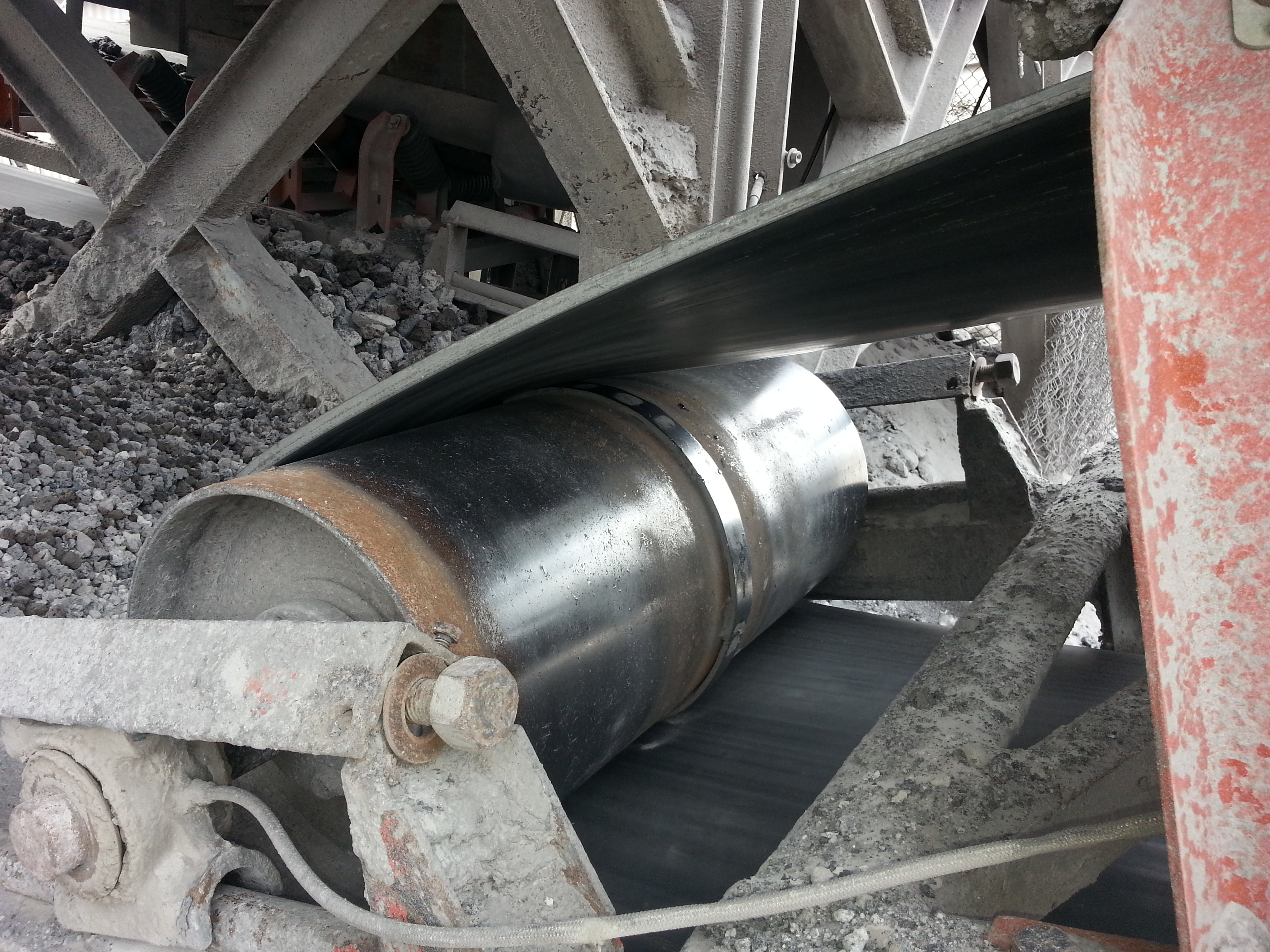Belting is designed with a minimum pulley size specified by the manufacturer. Bending a belt over a radius that is too small can damage the belt. This may result in separation of plies, ply failure, or cracking of the belt’s top cover. Inadequate pulley size can also lead to the pullout of mechanical splices. The minimum pulley diameter is determined by the number material plies, whether steel or fabric-reinforced, the rated tension of the belt and the thickness of the top and bottom cover. When a conveyor system is originally designed, the desire to use a thicker belt on a conveyor system (to extend belt-life in the face of high impact levels in the loading zone, for example) may require the installation of lager-diameter pulleys.

A common mistake occurs when an operation notices some type of surface damage to the carrying side of the belt. The immediate reaction is to install an even thicker belt on the conveyor in the expectation of getting a longer service-life. If the thicker belt has a minimum pulley size that is larger than the pulleys on the structure, the belt may actually yield a shorter life, worsening the problem the thicker cover was selected to solve.





















Leave Comment